The world of meteorology is a fascinating blend of science, technology, and nature, where professionals work tirelessly to understand and predict the ever-changing atmospheric conditions. Recently, a group of third year undergraduates of the Department of Statistics & Computer Science of the University of Kelaniya had the privilege of embarking on an industrial visit to the Department of Meteorology on 25th September 2023, an experience that provided invaluable insights into this dynamic field. This article recounts the highlights of the visit, shedding light on the cutting-edge technology and dedicated professionals that drive our understanding of weather patterns.
The industrial visit was undertaken by Dr. A.P. Hewaarachchi, senior lecturer of the Department of Statistics & Computer Science, University of Kelaniya, with the help of Ms. D.G. Sandeepa Samarasinghe, temporary demonstrator of the Department of Statistics & Computer Science, University of Kelaniya, Mrs. D.G. Fernando, Deputy Director of Department of Meteorology, Mr. K.D. Sujeewa, Deputy Director, Instrument and Airports Division, Department of Meteorology and Mrs. P.M. Jayakody, Deputy Director, National Meteorological Center, Department of Meteorology, Sri Lanka.
The Department of Meteorology stands as a bastion of knowledge in the realm of weather forecasting and climate studies. Nestled within a state-of-the-art facility, the department houses an impressive array of instruments, supercomputers, and a team of seasoned meteorologists and scientists dedicated to unraveling the secrets of the atmosphere. The industrial visit began with an enlightening presentation on the intersection of meteorology and data science. Undergraduates learned how the amalgamation of statistical modeling, machine learning, and advanced computing techniques plays a pivotal role in enhancing the accuracy and precision of weather forecasts. The Department of Meteorology unveiled a treasure trove of technological marvels that left the visiting undergraduates spellbound. The towering weather radars and remote sensing devices stood as sentinel guardians, constantly monitoring the atmosphere and providing critical data for analysis. The students marveled at the elegant fusion of hardware and software, appreciating the meticulous engineering that underpins these instruments. A visit to the data center was a revelation in itself. Here, the undergraduates beheld a room filled with racks of servers and supercomputers, their collective computing power eclipsing the imagination. Witnessing firsthand the computational prowess required to process and analyze vast datasets was an eye-opener, emphasizing the critical role of computer science in meteorological research.
An engaging aspect of the visit was the opportunity for students to engage with data scientists and meteorologists. These professionals generously shared their experiences and insights, highlighting the symbiotic relationship between data science and meteorology. Discussions ranged from the intricacies of data preprocessing to the challenges of developing accurate predictive models for weather forecasting. The industrial visit illustrated how the fusion of statistics, computer science, and meteorology permeates various industries. Undergraduates witnessed firsthand the impact of accurate weather forecasting on agriculture, urban planning, energy production, and disaster management. This practical exposure emphasized the relevance and applicability of their academic pursuits in real-world contexts.
As the visit concluded, students departed with a newfound appreciation for the interdisciplinary nature of meteorology. The experience served as a catalyst for many, igniting a desire to explore the synergies between statistics, computer science, and atmospheric science further. It reinforced the importance of cross-disciplinary collaboration in addressing complex challenges, particularly in the context of climate change and extreme weather events.
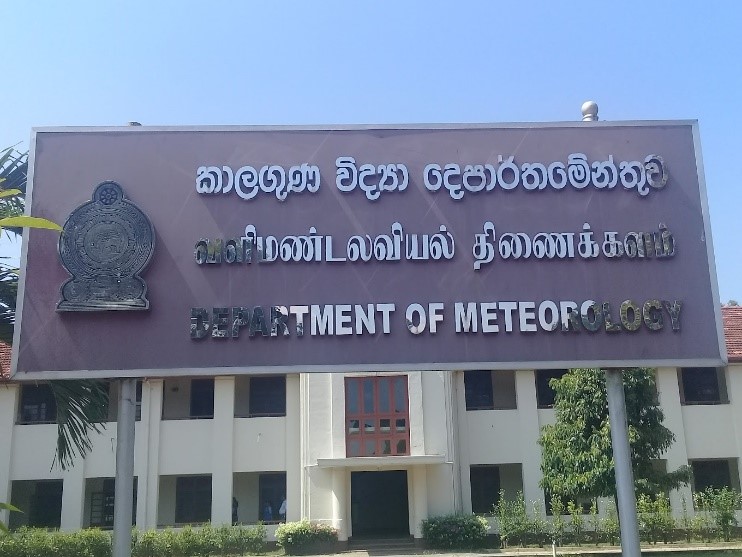 |
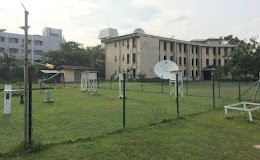 |
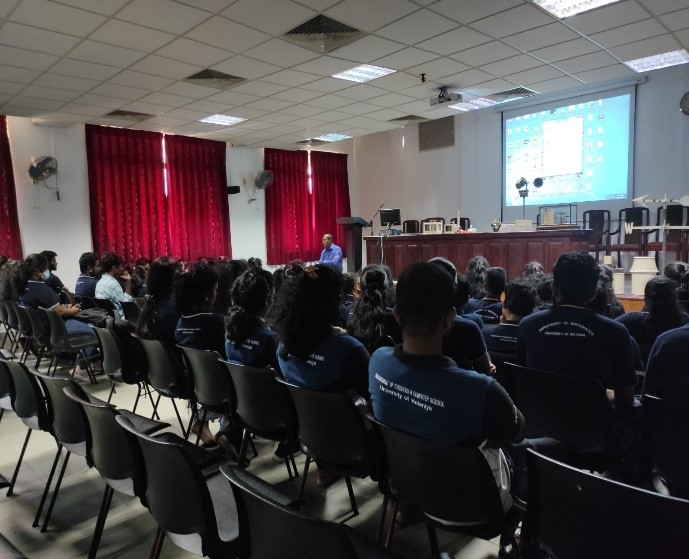 |
||||
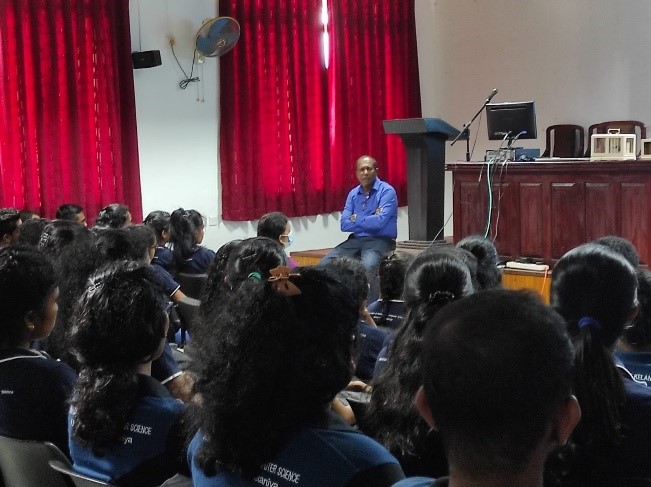 |
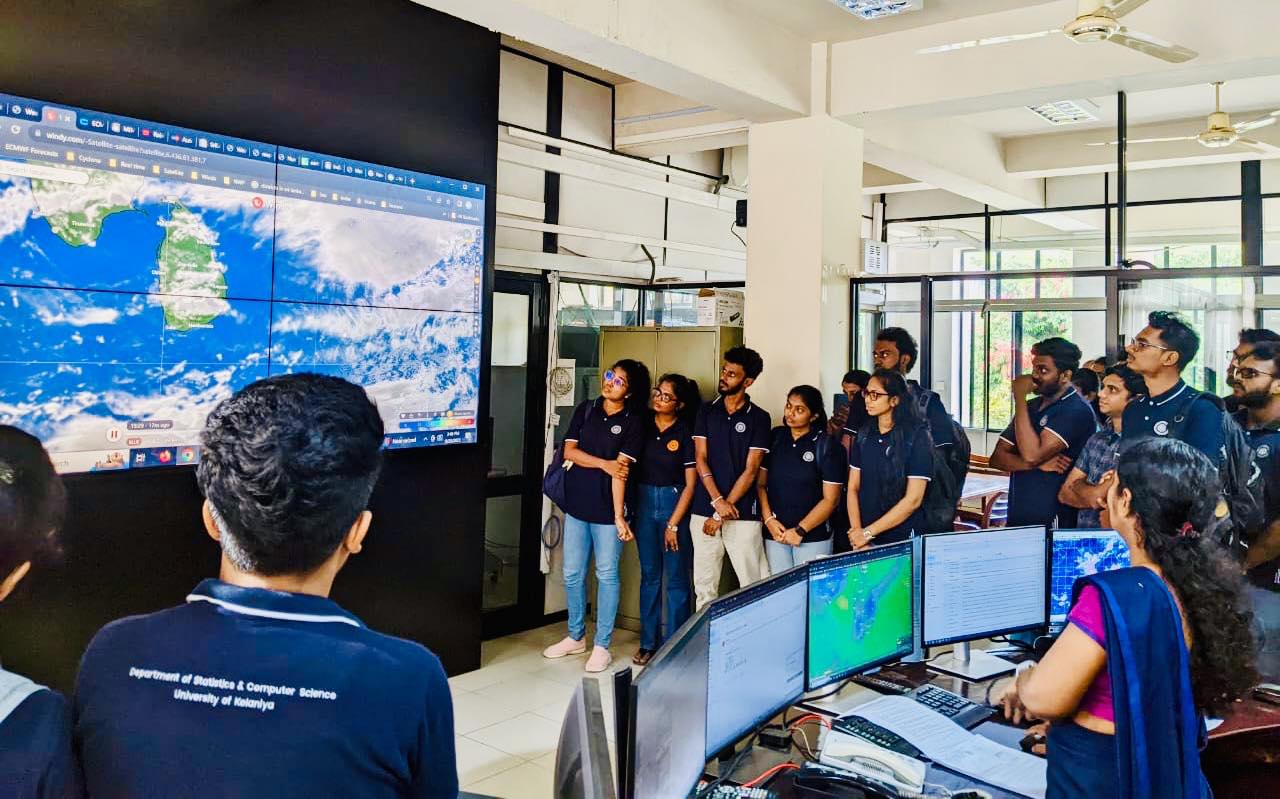 |
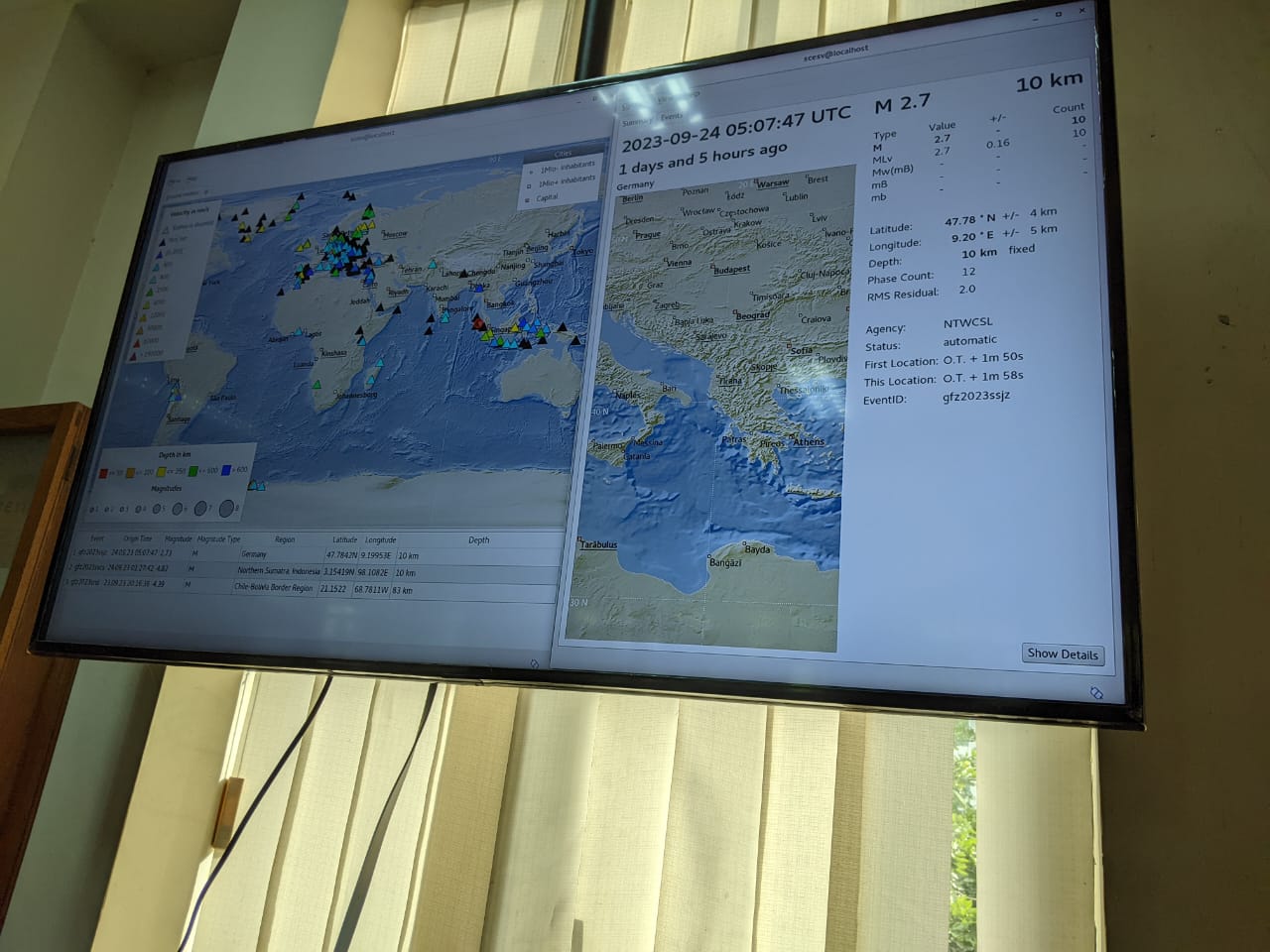 |
